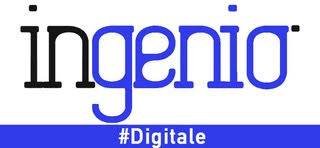v.2022.09
IMREADY Srl tratterà i dati personali da te forniti in questo form nel rispetto del GDPR.
Inviando questo form acconsenti al trattamento dei dati personali necessario all'iscrizione all'Area Riservata di questo sito e all'eventuale consultazione di sezioni riservate del sito.
Inviando questo form accetti esplicitamente la nostra Privacy Policy e i nostri Termini di Servizio.
Inviando questo form acconsenti anche al trattamento dei dati personali necessario all'iscrizione alla nostra mailing list, con l'intenzione di ricevere comunicazioni informative e/o commerciali da parte nostra.
Inviando questo form accetti esplicitamente anche la Privacy Policy e i Termini di Servizio di MagNews.
Puoi esercitare i tuoi diritti relativi al trattamento dei dati personali inviando una richiesta a info@ingenio-web.it, che verrà gestita senza ingiustificato ritardo.
Potrai modificare le impostazioni di ricezione delle comunicazioni e/o annullare l'iscrizione alla mailing list tramite appositi link in fondo alle comunicazioni.
